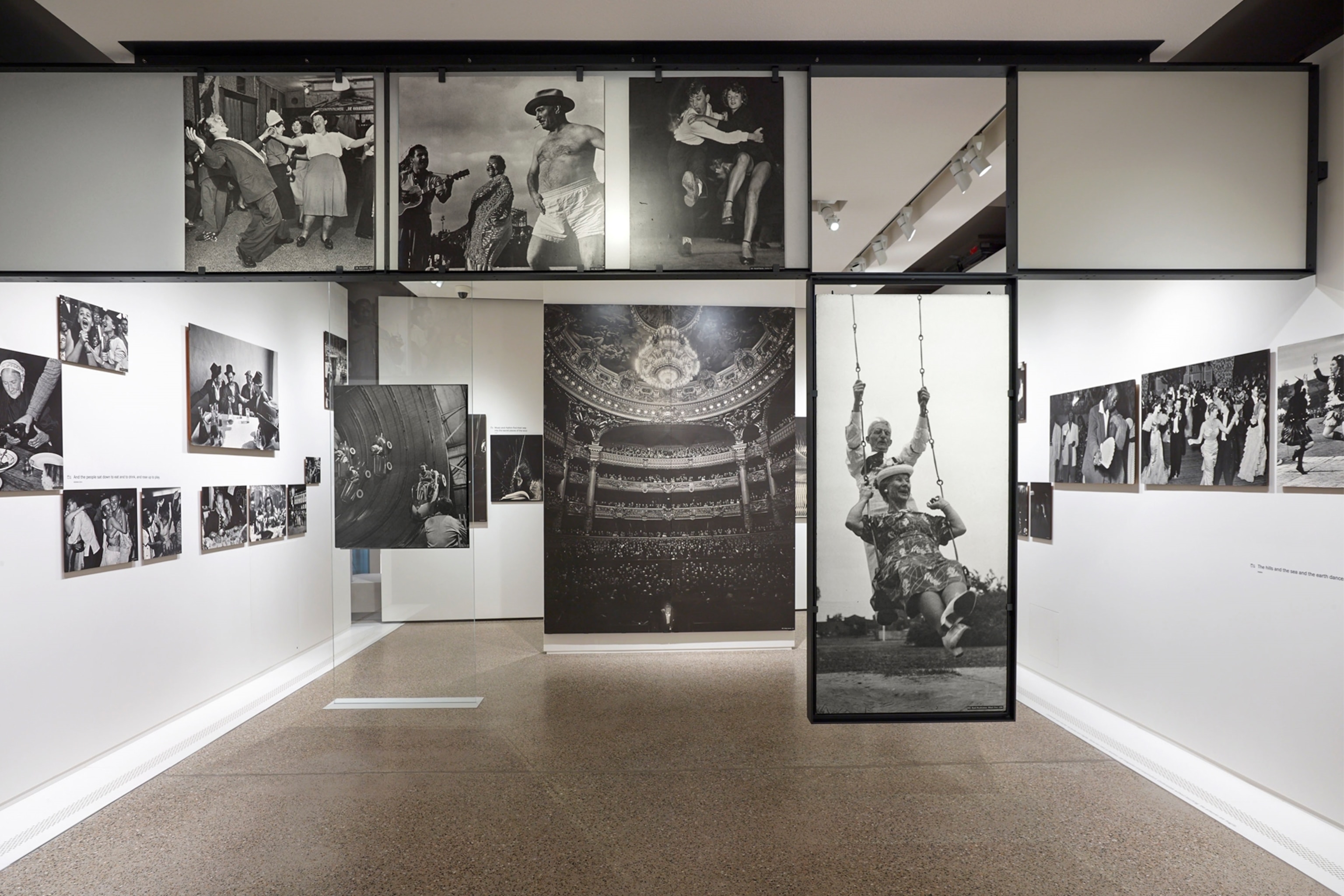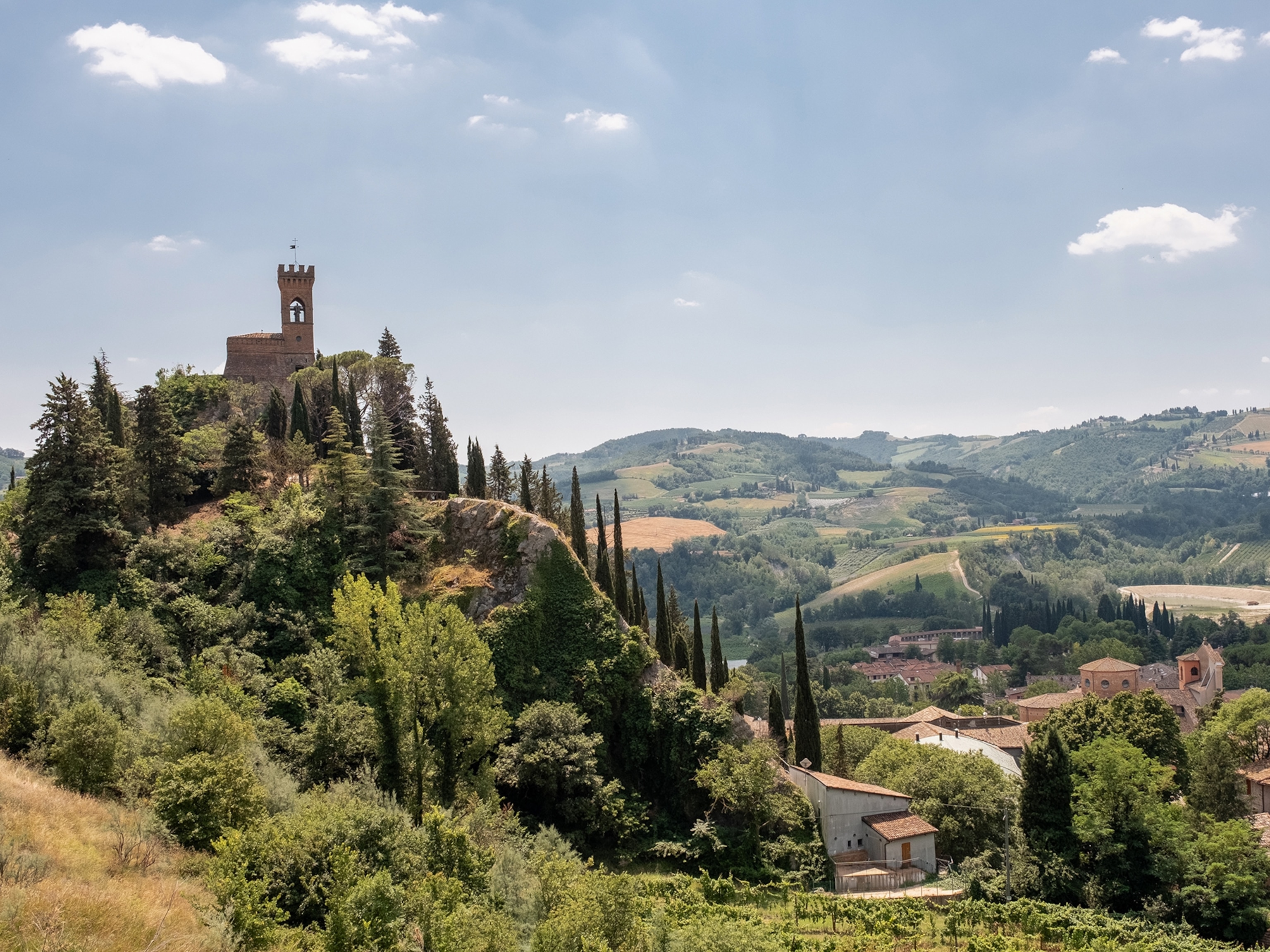The destination drawing art lovers to Luxembourg’s forests
The Ardennes region punches well above its weight when it comes to cultural offerings, and the town of Clervaux is a charming base from which to discover the local highlights.

It’s not often that the cultural heart of a country lies in the middle of a densely forested nature reserve, but so it is with Luxembourg. Locally known as the Éisleck, the Grand-Duchy’s largely rural Ardennes is a region of rolling hills, rocky valleys and lush plateaus. Hiking and cycling are the local pastimes of choice, with trails snaking for hundreds of miles around two natural parks and the country’s largest lake.
Deep in this pocket of green, the 17 villages and towns that make up the Clervaux municipality have made a name for themselves on the country’s art scene — and for good reason. The town of Clervaux (the biggest in the namesake municipality) knows how to put on a show, with outdoor exhibitions, intimate concerts and an internationally-acclaimed photography showcase all on the agenda. We round up some of the best experiences to look forward to.
Take in one of the world’s most famous photography collections
Clervaux is the unofficial photography capital of Luxembourg — a title it owes in large part to the UNESCO-listed The Family of Man exhibition. Comprising 503 black-and-white photographs by the likes of Henri Cartier-Bresson, Dorothea Lange and Robert Doisneau, the now-legendary collection premiered at New York’s Museum of Modern Art (MoMa) in 1955. After spending a decade on tour, pitching camp at 150 institutions around the world, it found a permanent home in Clervaux’s 12th-century castle upon the request of MoMA’s then-photography director, the Luxembourg-born Edward Steichen. Almost 70 years since its debut, the anthology is as relevant as ever: exploring such far-reaching themes as birth, love, friendship, labour and death, it’s a post-Second World War manifesto for peace, and many of its shots have become icons of 20th-century photography.

Discover open-air photography displays
The Family of Man isn’t Clervaux’s only claim to photographic fame. Another highlight is Clervaux — Cité de l’Image, a project that turns the town’s streets into one big outdoor gallery with a series of open-air installations. The exhibits change every year, giving visitors an opportunity to discover the work of emerging photography talents from Luxembourg and abroad, and are set in a number of open-air locations, from Clervaux’s ancient, brick-walled arcades to its lively market square and landscaped flower beds. Get the most out of the experience with a free guided tour, which takes you past the different exhibition sites while introducing you to the town’s landmarks and history.

Explore the region’s colourful cultural venues
Clervaux’s love of all things cultural is clear from the moment you reach the town. Located opposite the station, Konschthaus op der Gare is an all-in-one art space with three exhibition rooms and events ranging from readings to intimate concerts. Come to admire the works, chat to the artists in residence or simply hang out in the common room. Visitors looking to find out more about the region’s role during the Second World War should instead head to the Museum of the Ardennes Counteroffensive, inside Clervaux Castle. Highlights include artifacts from the Battle of the Bulge — the Germans’ last attempt to defeat the Allied forces, which took place in the Ardennes — including original uniforms, documents and weapons.
There’s more to discover in the wider region. Among the commune of Clervaux’s 17 villages is Marnach, a small town numbering fewer than 800 inhabitants. Here, the Cube 521 cultural centre stages concerts, dance and theatre shows, as well as lectures and children’s events. The Cube 521 organises the Clervaux Castle Summer Music Festival, in collaboration with the City Management of Clervaux. This takes place in the summer and showcases the diversity of the Luxembourg music scene with exciting live concerts. Elsewhere, a 20-minute drive from Clervaux will take you to the town of Wiltz, which comes alive every summer with the Wiltz Festival. Held in a 16th-century chateaux, the music and theatre event will celebrate its 70th anniversary this year showcasing everything from jazz to reggae.
Multiple direct flights run daily from London to Luxembourg’s Lux-Airport. From there, hop on a bus to Luxembourg Central Railway Station and get on a northbound train to Troisvierges, which stops in Clervaux. The journey from Luxembourg City takes around an hour and, like all public transport in the country, is free. For more information, visit visit-clervaux.lu




